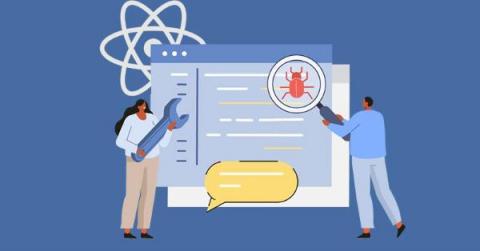Operations | Monitoring | ITSM | DevOps | Cloud
Latest News
How to throw custom exceptions inside Logic Apps: Using default capabilities - Extract failure information (Part II)
Kubecon + CloudNativeCon Europe 2023 Recap
KubeCon Amsterdam was an incredible gathering of like-minded professionals, bringing together devops, software engineers, vendors, and cloud technology enthusiasts from around the world. This year’s event was the biggest KubeCon + CloudNativeCon ever, with a sold-out attendee list of 10,000 strong. The sheer scale of the event was a testament to the growing popularity of cloud native technology and the vibrant community that supports it.
Catchpoint Invests to Advance API, Cloud Functions, and Microservices Monitoring
How to get Azure Data Factory Pipeline Failure Notification?
Debugging Containerized React Apps
In your lifetime as a frontend developer that works with React, you must have come across several issues with debugging a containerized React application. I bet you can relate, you’re certainly not alone. Containerization has become an integral part of best practices for software development teams that want to create, test and deploy applications quickly and efficiently. However, despite its advantages, it also comes with new challenges for debugging and troubleshooting applications.
Migrating a Web App to AWS Lambda with Lambda Web Adapter
As developers, we all seek to build web applications that can scale seamlessly, adapt to changing needs and do so without incurring excessive costs. One way to achieve this is by migrating web applications to AWS Lambda, which can provide scalability, flexibility, and cost savings. To make this process even easier, AWS provides the Lambda web adapter, a simple and efficient tool that enables you to migrate your web apps quickly.
Distributed Tracing for AWS CDK Applications
The AWS CDK lets users build as Infrastructure as Code (IaC) reliable, scalable, and cost-effective applications in their cloud environments. With the AWS CDK, developers can use various supported programming languages to create constructs (reusable cloud components) and compose them together into stacks and applications.
How to throw custom exceptions inside Logic Apps: Using default capabilities (Part I)
Announcing support for monitoring AWS Lambda Function URLs with Datadog
AWS Lambda Function URLs make it even easier to create AWS Lambda functions that can be accessed and triggered by using HTTP/S requests, which is key for building serverless applications that are connected to and invoked from the web. Now you can generate a URL in one click that points to a specified Lambda function. Then, any HTTP/S request that a Function URL receives will trigger the Lambda function it’s assigned to.











